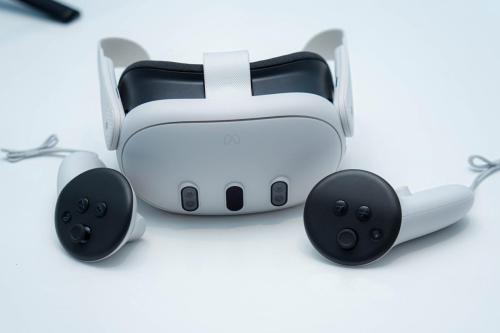Equipment
At the Medical Simulation Center, we offer a diverse range of innovative technologies that transform clinical learning. These immersive tools enable healthcare professionals to develop their skills, improve responsiveness, and contribute to enhanced patient safety.
1. Technology-Assisted Simulation
Low-Fidelity Patient Simulators
Ideally suited for learning the basics of clinical skills in a safe environment. They allow practice of simple assessments, manual skills, and common interventions. Specific models also provide the opportunity to practice intubation, infusion, suturing, and even anastomoses.
High-Fidelity Patient Simulators
These mannequins replicate human physiology with impressive realism: breathing, speech, and responses to care. Computer-controlled, they follow clinical scenarios or adapt in real time. They recreate environments such as the operating room or intensive care unit, and help develop technical skills, decision-making, and teamwork.
Virtual Reality (VR) Simulation
Thanks to the VR headset, learners experience immersive and interactive clinical situations. They practice complex procedures and emergency management in complete safety. VR enhances engagement, retention, and provides access to a wide variety of scenarios, available anytime and anywhere.
2. Simulation with Standardized Patients
Standardized Patients
Standardized patients are trained actors who reproduce real clinical cases. They provide learners with opportunities to practice clinical communication, diagnostic reasoning, and interpersonal skills in a controlled, feedback-rich environment.
VISIT OUR CENTER
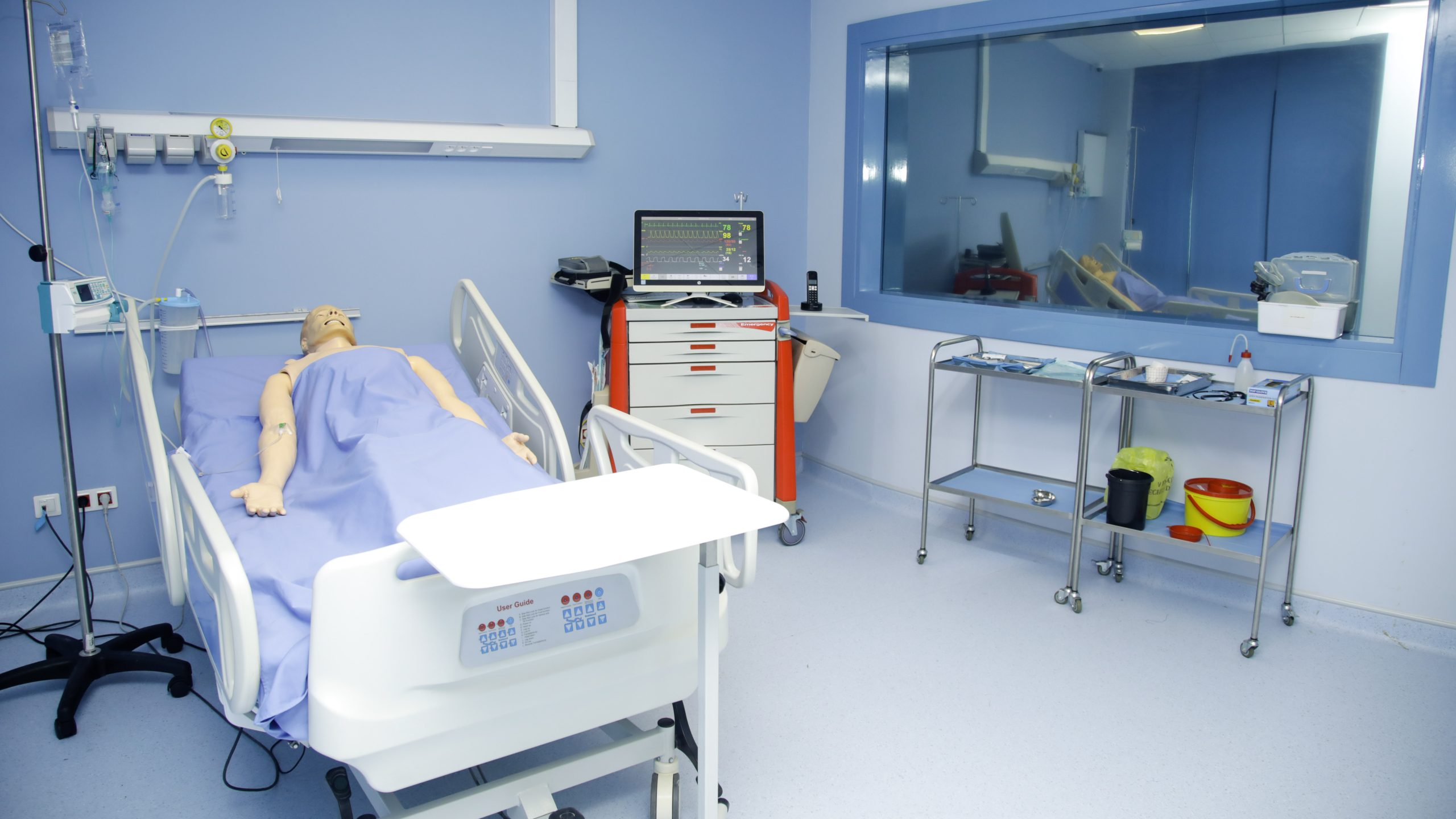




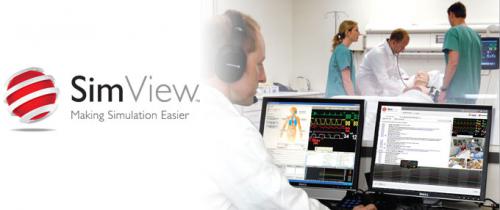
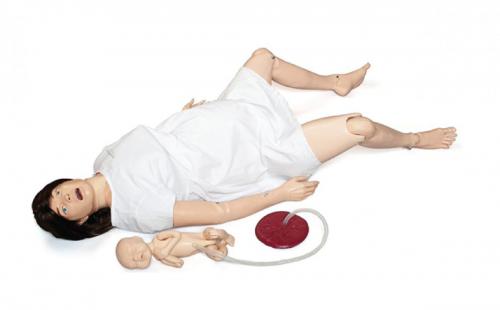
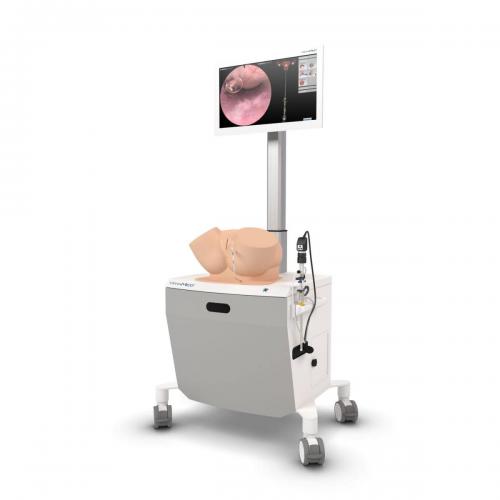
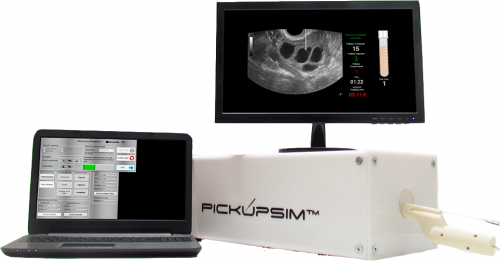
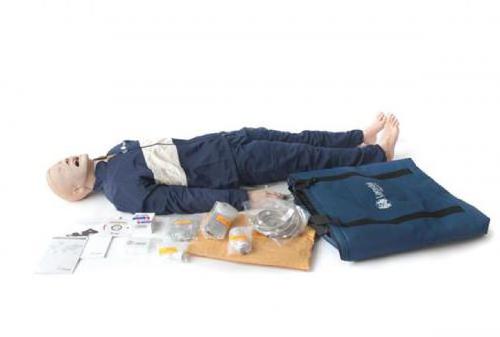

.jpg)
.jpg)
.jpg)
.jpg)
.jpg)
.jpg)
.jpg)
.jpg)
.jpg)
.jpg)
.jpg)
